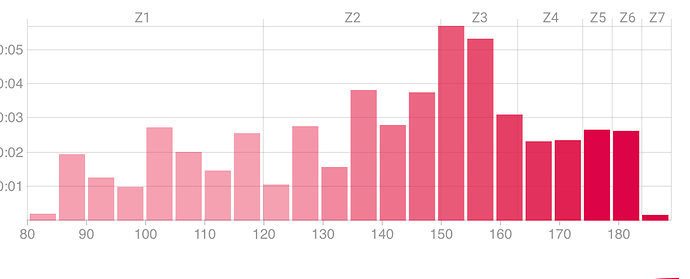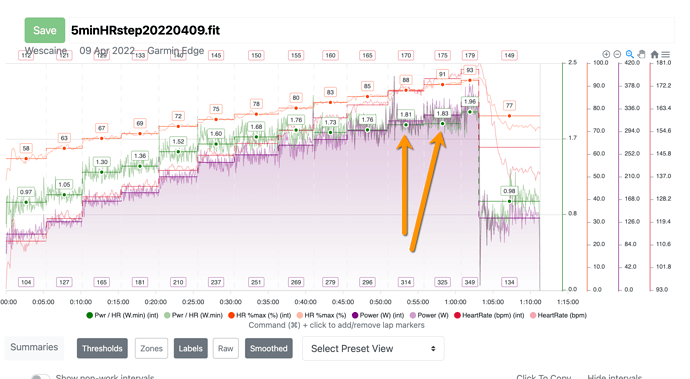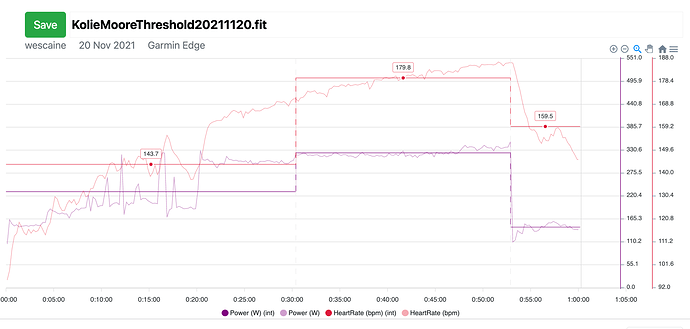My understanding is that due to the VO2 slow component it can take a long time to reach the steady state heart rate for a given intensity, especially above LT1, while above LT2 there is no steady state. Indeed there was reference in a recent podcast to it taking until the third set of the 5x5 threshold workouts until HR reaches ‘threshold’ (during the discussion re hard starts to such intervals), and I’m sure there’s lots of variability between athletes, and also day to day. That’s 15 minutes, admittedly with some short rests, but it seems it takes more than 5 minutes
So if that’s the case, how should we interpret the HR from a ramp based vo2 / metabolic cart (often 3 minute steps) or lactate test (often 4 minute steps)? To begin with I assume we should take final rather than average HR(?), but can we safely assume we’ve reached a steady state HR for such (relatively) short steps?
And is there a fitness / training experience aspect to it eg a fitter athlete will reach a steady state more quickly and have more accurate threshold HR, while a less fit athlete will take longer and have less accurate threshold HR? If so, that would suggest basing zones (even HR, which are often said to be more stable over time) off a one-off test is not a good idea for novice athletes?
Apologies if covered elsewhere but haven’t found it (also not in searching for studies)



 but also in the hope that as I build fitness I’ll see less drift and so lower average HR, even for long threshold efforts
but also in the hope that as I build fitness I’ll see less drift and so lower average HR, even for long threshold efforts